A reader sent in a question about Ghosts ‘n Goblins, a classic game from the 1980s:
I was wondering if you could tell me what the original Japanese name was for the final boss in Ghosts ‘n Goblins. I’ve alternately seen him referred to as The Devil, Astaroth, Satan, Lucifer, and Hades. It seems that for English localizations his name is now officially Astaroth, but I can’t find anything that states what his name was in the original Japanese game.
This is indeed a good question – I’ve seen this character called all sorts of things, so I’ve always wondered what his Japanese name is too.
First, for reference, here’s the guy in question:
The English games call him all sorts of different things, but what do the Japanese games call him?
The first thing I did was check the Famicom manual, which is pretty short and doesn’t give many details, but there’s a small comic in the back where the term 大魔王 (daimaō) is used more than once:
Daimaо̄ is the same term we’ve seen used to describe Bowser and describe Ganon before – it’s a pretty general Japanese term to refer to some big evil overlord type of being. A generic translation might be “Great Demon King”, but there are tons of others – Zelda uses “Prince of Darkness”, for example. Sometimes I’ve seen it translated as “Devil” or “Satan”. I’m guessing this is why this boss has had so many different name translations throughout the series.
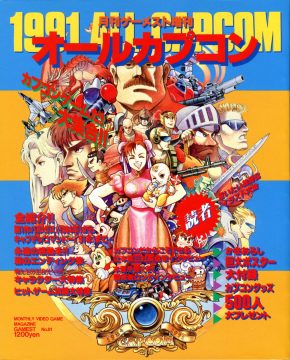
(Image via RetroMags)
Starting with what we know as Super Ghouls ‘n Ghosts, this boss’ name was apparently changed to アスタロト, which can be written as “Astarot”, “Astaroth”, or a number of different ways, as it’s a name based on old mythology stuff that went through multiple language changes.
Anyway, the Japanese Wikipedia article cites a 1991 issue of Weekly GAMEST magazine for the Gondias information, but as it’s so old I can’t easily verify it.
Still, the number of Japanese websites that mention Gondias is pretty surprising, so I imagine the information must’ve gotten out through a number of different sources.
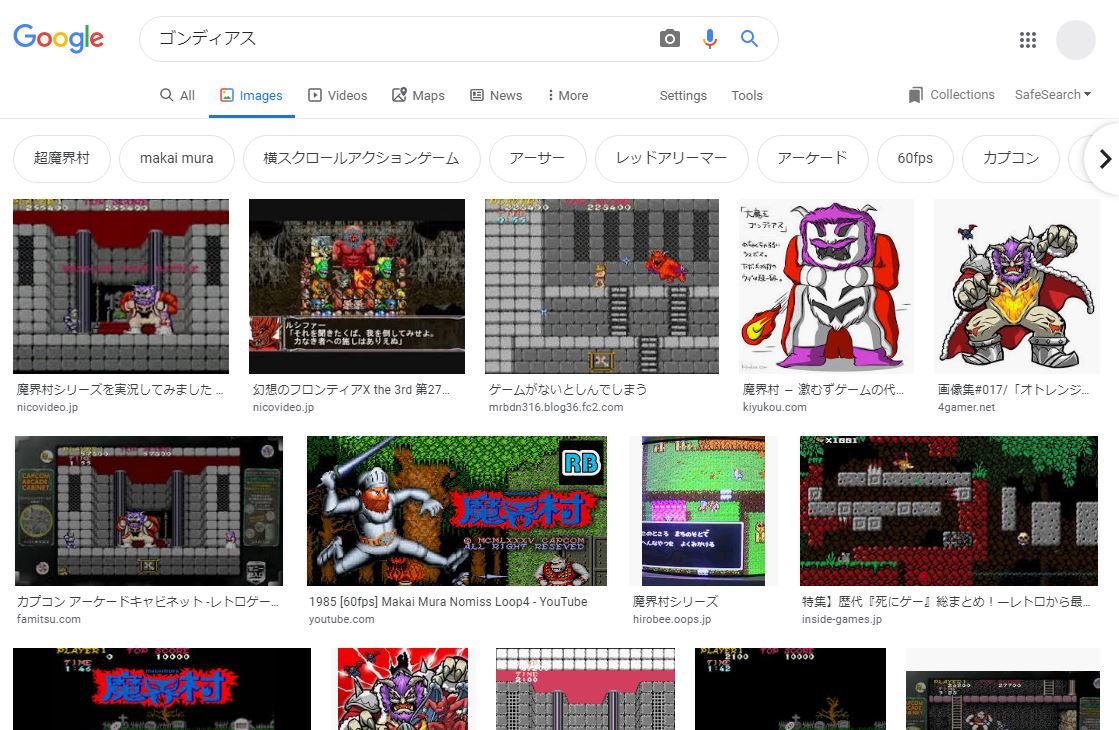
With all that said, It sounds like the Gondias name never really left Japan, as this is the first time I’ve ever heard it. It also seems weird that his name would remain a secret until 1991 though, given that the game would be like 5 or 6 years old by then. But weirder things have happened, I guess.
Thanks to another reader, here are some scans of “Gondias” appearing in the above magazine:
Hopefully this helps shed some light on the subject and helps explain why this guy has had so many different names over the years.
Has anyone else out there heard of this Gondias thing before? If so, where did you first find out about it? I'm really curious to know!


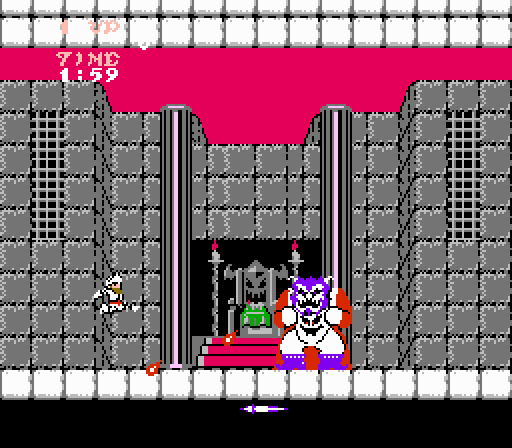

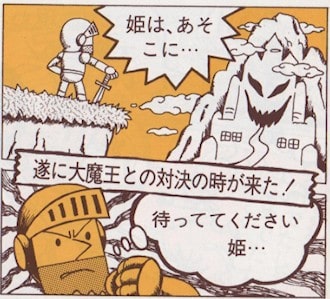
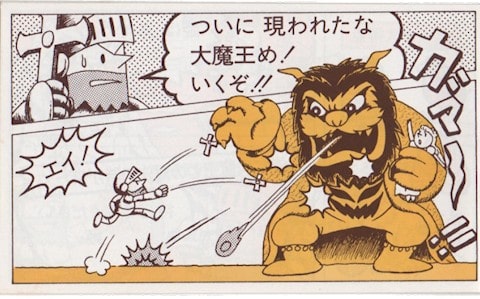
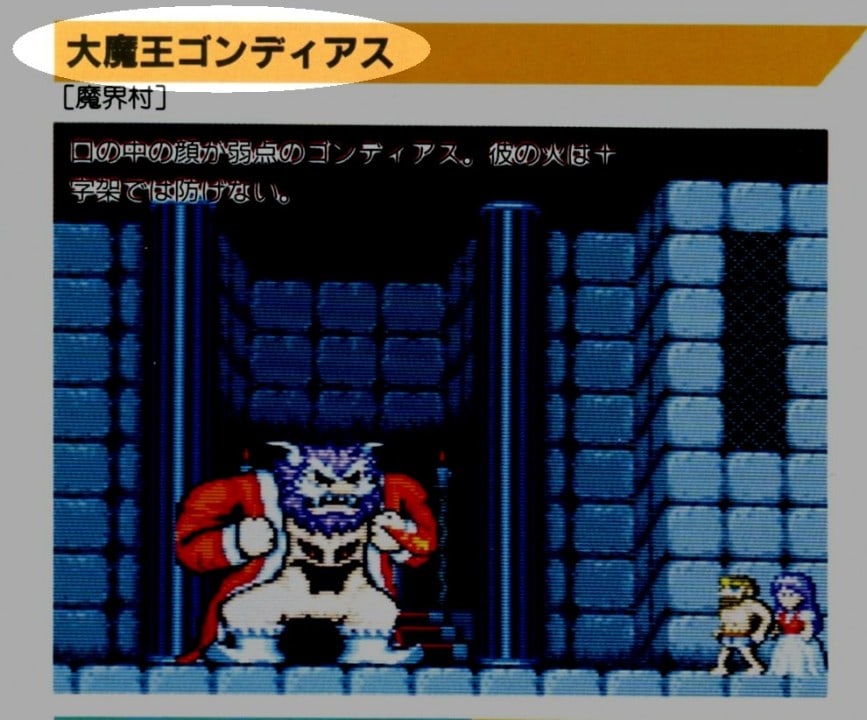

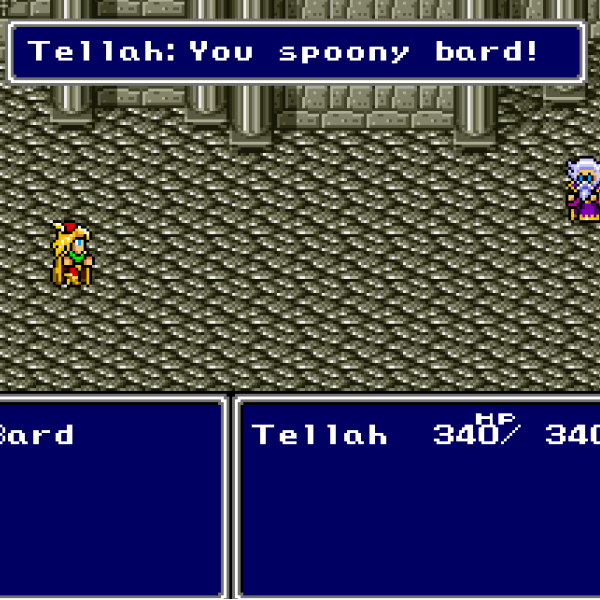
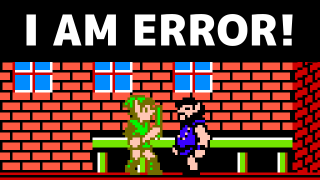
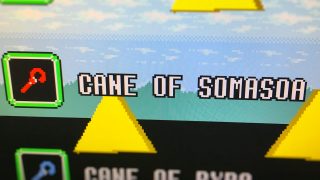
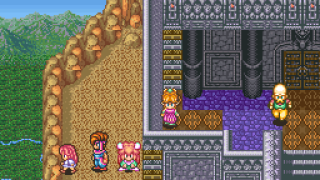
Honestly, I feel like I’ve heard this before, but I kind of forgot about it. They’ve used Astaroth so many times before in previous games (Ultimate Ghouls n’ Ghosts, Namco x Capcom, Project X Zone) that I was under the assumption that was always his official name. He even refers to himself as Daimaou Astaroth in the voice clips for Project X Zone, though I’m assuming that’s just typical demon arrogance.
Where the Wild things are! I knew that monster thing in those pictures looked familiar.
Why are you replying with a comment that has nothing to do with the person’s original post?
After looking at the Ghosts n Goblins Wiki, it looks like the name Lucifer was given to the final end boss that you fight after Astaroth in Ghouls in Ghosts. Incidentally, Lucifer was also known as Loki in some regional versions, just to make the whole name game more confusing.
http://ghostsngoblins.wikia.com/wiki/Lucifer
It might be worth a mention that it’s likely Zelda only used “Prince of Darkness” in its English version because that’s an accepted way to refer to Satan himself. In that sense, it’s more of a cultural counterpart to “Daimaou” than a translation per se.
The way it sounds (name only appearing after a while) seems to me that it could be one of those situations where something just started catching on with fans. Like the term Robot Master in Mega Man. But I digress.
Also worth noting that one of the only two bits of text in the game, which is written in broken English in both the Japanese and English versions, refers to him as “Satan”.
Isn’t “Satan” what the manual calls the flying red demon bosses?
Yes. And according to Japanese Wikipedia (not totally sure what their source is… it’s not the Famicom manual), that’s their name in Japanese too.
So yeah, it doesn’t match up all that well.
It might be interesting to look at the Gargoyle’s Quest games, although probably more work than it’s worth. To my understanding, the translated versions star a Red Arremer (the flying red demons) named Firebrand. Meanwhile, the Japanese ones just follow *a* Red Arremer.
I’m going to be mean and say it’s because the Japanese don’t really roll with centralizing the identity of a single individual (they’ve always had a weird hive mentality going on over there). That’s why they didn’t really give him a name and simply say he’s one of the many Arremers who did something heroic for the demon world. I guess we gave him a name because we respect the individual who wants to stand out and make a name for themselves in the world.
This same thing definitely reminds me of the issue with Toads that I’ve covered:
http://legendsoflocalization.com/qa-colored-toads-in-new-super-mario-bros/
http://legendsoflocalization.com/qa-toad-is-trolling-us-all/
It’s an interesting topic, once I can come up with a few more examples like this I should write a dedicated article about it sometime!
You’re both overthinking it. Firebrand is just a localized name for Red Arremer made up for the Gargoyle’s Quest series and nothing more. The series doesn’t have any other Red Arremers besides the protagonist.
Hey I’ve got that book! Have some scans:
http://kobun20.interordi.com/makai/Makaimura1a.jpg
This one shows the use of “Daimaoh Gondias” instead of Astaroth.
http://kobun20.interordi.com/makai/Makaimura2a.jpg
This is the primary page for the original game and contains the story, also uses Gondias and clarifies that Satan is a character type who works for Daimaoh and the one who kidnaps the Princess at the start.
http://kobun20.interordi.com/makai/Makaimura3a.jpg
A page with all the enemy characters and bosses from the first and second Makaimura games laid out. Actually doesn’t use Gondias on that page though.
Weird thing is, this book came out in November 1992, so Chou Makaimura had already been out for a year, calling the character Asutaroto so why they use Gondias in this later book (and nowhere else?) is beyond me. Might be a mistake by the writers.
Awesome, awesome! Thanks for the info and the scans!
And yeah, I’m also curious why it would use the Gondias name so much later. Darn it, another mystery to solve 😯
Speaking of scans, perhaps I send you some scans from the MMX manga for all three SNES games and maybe you could help translate a few pages that the translator (whose English isn’t very good) couldn’t figure out at all?
As long as it isn’t too much work I’m okay with that.
Don’t worry, it’s only one page each from a chapter. He admitted his translating skills weren’t very good, so he had no idea how to translate them at all. Volt Catfish was known for spewing out random nonsense in the manga (kind of like Liz in Wild Arms 2), so I definitely want you to see what he’s saying in the X3 manga. XD
I always knew that the first boss was never called “Unicorn”. Looking at the katakana for its name (サイクロプス/saikuropusu), it literally translates to Cyclops.
But still, it’s odd to know that Astaroth was also known as Gondias in Japan until Chōmakaimura/Super Ghouls ‘n Ghosts
Great article. Thanks a lot of looking into this. My curiosity has been satiated.
They did something similar on a smaller scale in Super Ghouls ‘n’ Ghosts (my favorite game of all time, highly recommended) by changing Samael (the new final boss) to Sardius.
Incidentally, said game also features Nebiroth, a more powerful palette-swap of Astaroth you fight on the second loop. Any idea what he was called in Japan?
It looks like he’s called Nebiros/Nebiroth in the Japanese version.
I researched a bit on Daimaous/Demon Kings once. There’s a prominent one in the Ugetsu Monogatari (1776), and the monk/saint Ryōgen (10th century) was also said to be a Maou (long story; see Wakabayashi’s From conqueror of evil to Devil King: Ryogen and notions of Ma in medieval Japanese Buddhism). In China they appear in the Journey to the West, and the word was used to discredit heretics. I think it all traces back to Māra the demon-king in Indian Buddhism, and to the Naga Kings of Indian mithology (also related to Dragon Kings, Ryūou).
In Nichiren Buddhism the main villian is the Demon King of the Sixth Heaven (Dairokutenmaou). According to Nichiren, there was an old Buddhist teaching that women are limited in their rebirth possibilities; they’d never become a Buddha or a Heavenly King or a Demon King (Nichiren denounces this teaching as false). In Dragon Quest 9, you can select the talking style of your character, and there’s an option to make them talk like stereotypical Maous; except that this option isn’t available for female characters. I find it amusing that Dragon Quest is less progressive than Nichiren and accidentaly validates an archaic, sexist religious belief: women cannot be Demon Kings, or indeed talk like them.
Whoa, thanks! I’ve always wanted to take a look at 魔王 someday, and this info you’ve posted is even more interesting than I expected!
Hey, are there really 435 articles now, or have we exceeded that count already? It is just a fact I wanted to find out, and not that big of a deal. After all, my favorite Pokémon Skuntank is number 435 in the Pokédex.
It’s hard to put an accurate count on it because some pages aren’t quite standard articles, but yeah if you count each page of my big comparison sections then it’s around there.
You might want to update the Japanese title below the SFC/SNES image, it mistakenly says Dai makaimura instead of
Chō makaimura.
The final boss is also 大魔王 in the Famicom guidebook published by Tokuma Shoten. Gondias could perhaps be the ones you encounter in Daimakaimura (where they reappear as mini-bosses. Lucifer is the big bad in the 1988 sequel), and then the nameless Demon King in the first game was retroactively called Gondias. I have also seen the last boss in the first game called Astaroth. But I could be wrong about this, it might be worth checking out some guidebooks for the first two games.
“Or maybe it’ll defeat me, I dunno.”
-That’s weirdly epic to imagine. I kind of like to imagine my life ending like that.
The name Gondias/ゴンディアス first appeared in print as early as 1985 when Micom BASIC Magazine covered Makaimura in one of their issues. Apparently Beep Magazine also used that name in their coverage of Makaimura too, so it definitely predated Daimakaimura in any case.
https://twitter.com/Arc_Hound/status/1105588541290147840
Interestingly, the same article refers to the Princess as Guinevere, a fitting name for Arthur’s love interest, but they would change her name to Prin Prin in the sequels.
Late reply but thank you for that info, that’s awesome! So the name Gondias was around from the very start.
I have to say I don’t feel overly excited about this blog becoming “Is His Name Daimaou?”. There’s too many posts about the single topic and just one word.
I understand and I agree, I don’t intend to do other small articles about maou as that would be redundant and not very interesting. This article is actually seven years old though (despite the “posted on” date), and is one of the earliest articles on the site. I tidied it up a bit and added some extra info a couple weeks ago, which is why it hit the front page again after all this time.
They did the same thing for a similar character in Puyo Puyo, who is called “Dark Prince” in English.
Only, it was reversed, with “Satan” being the Dark Prince’s Japanese name.